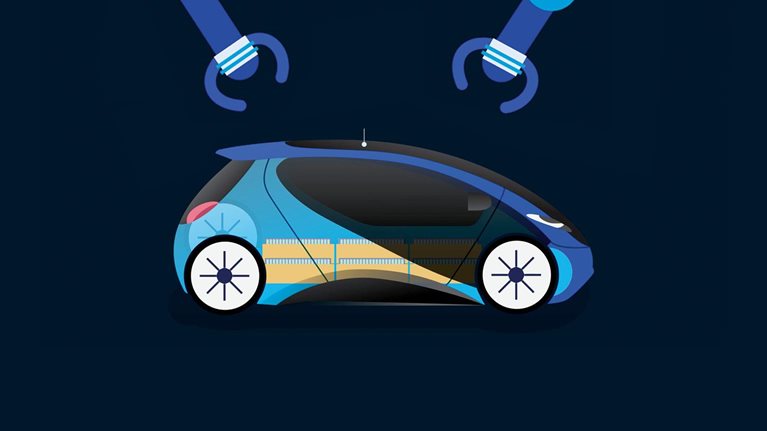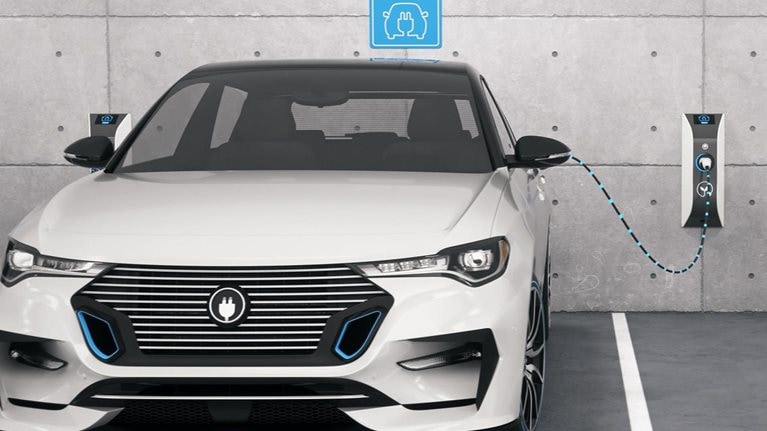The global luxury vehicle market (suggested retail price of over $200,000) is rapidly transforming. Across automotive segments, the luxury segment is expected to grow the fastest until 2030 whilst achieving the highest profit margins. At the same time, electrification is picking up, with electric vehicles (EVs) expected to account for at least 50 to 60 percent of the luxury segment by 2030. This includes both battery and fuel-cell electric vehicles (BEVs and FCEVs).
In this context of strong market momentum and ongoing electrification, luxury OEMs are also faced with rapidly changing customer preferences. How best to keep up? A recent large-scale McKinsey survey of luxury-vehicle customers reveals key insights and suggests ways forward for manufacturers in this changing landscape.
Six major insights emerged from this research:
- Of luxury internal combustion engine (ICE) vehicle owners, 44 percent are ready to switch to pure EVs.
- Almost all luxury vehicle customers (95 percent) are open to switching brands for their next purchase.
- For around half of luxury vehicle customers, driving performance and design are primary purchasing factors for BEVs and ICEs.
- Luxury vehicle customers value innovation (cited as a differentiating factor by 51 percent of respondents) and sustainability (43 percent).
- Luxury vehicle customers want more than just a car: over 30 percent desire exclusivity and an experience ecosystem.
- Over 40 percent of luxury vehicle customers prefer online channels for vehicle purchase—and even more prefer them for initial discovery.
For incumbent luxury OEMs, these findings highlight an urgent need to adjust to shifting customer preferences. Certain key actions could help capture this opportunity. First, OEMs could position luxury EVs as a compelling combination of both classic luxury attributes (driving performance, design) and avant-garde characteristics (innovation, sustainability) to increase relevance to a larger customer group. They might also benefit from an omnichannel sales approach that combines an online focus in the discovery and purchase phases with easy access to real-life experiences, such as test drives.
Given that most customers are open to switching brands, manufacturers could double down on loyalty management. Further, they might attract and retain customers by building a luxury ecosystem alongside pure vehicle ownership, fostering an exclusive community with events and other special services.
The following exhibits are based on survey data collected from 351 luxury-vehicle owners with a minimum annual income of $400,000 across Asia, Europe, the Middle East, and North America. Together, they cast light on the road ahead for the burgeoning luxury vehicle industry.


